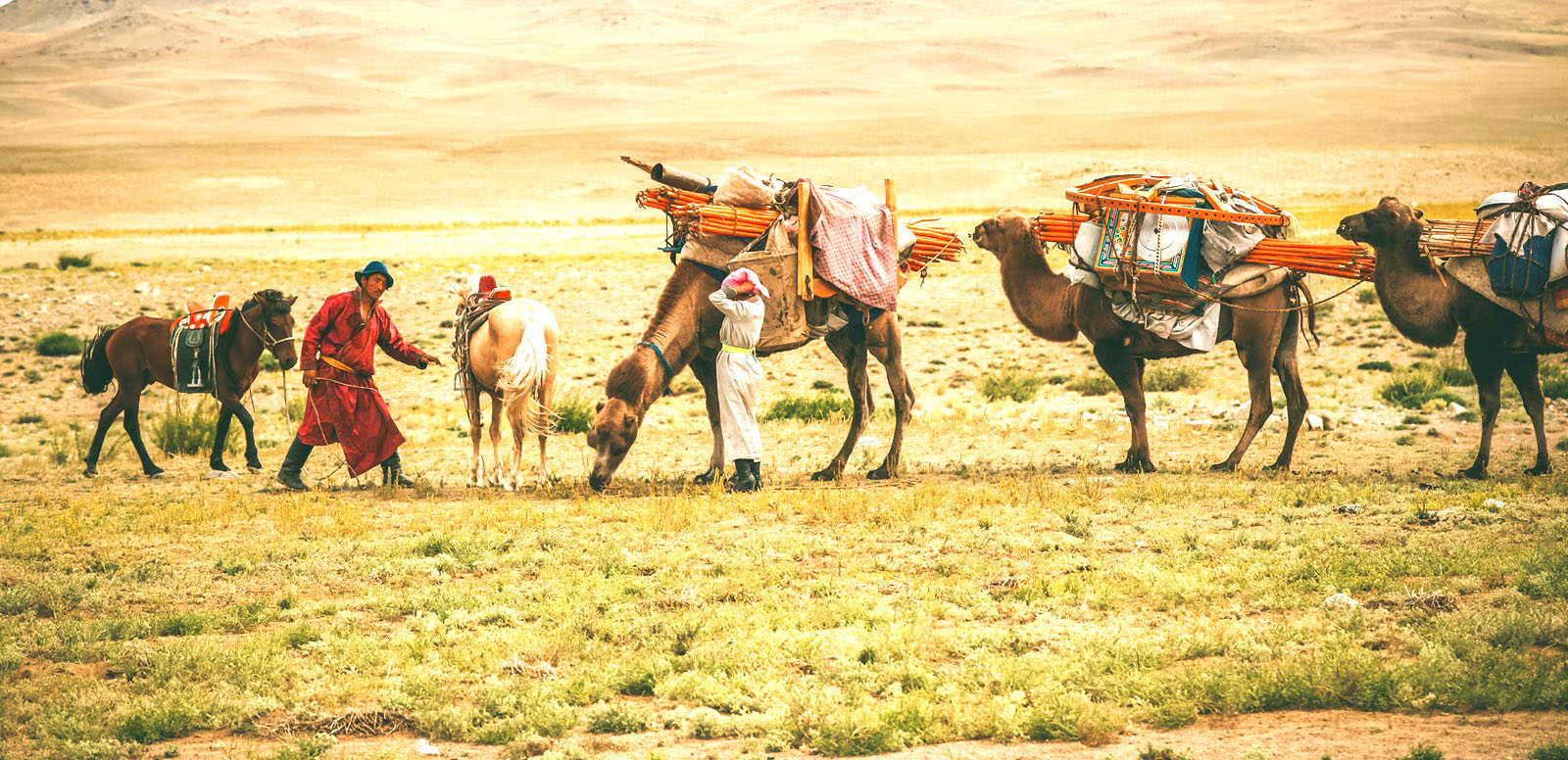Things to know before visit Mongolia
Mongolia has an extreme continental climate with long and cold winters and short summers. It has warm and dry weather in June and July while August sees rains and cooler temperatures. Winter lies between November and February with temperatures going below -40 degree.
A melange of landscapes, the national park has vast sand dunes, ice canyon and huge, snow capped mountains, nestling this stunning park. It has about 200 bird species and over 600 varieties of plants. Besides the touristy places marked on every travellers list, take time out to drive to the remote western area.
The capital city of Mongolia, Ulaanbaatar, lies in the Tuul River valley. It was originally, a nomadic Buddhist center. It has many beautiful monasteries to explore- the Gandan Khild, Winter palace of the Bogd Khan and more. History buffs can visit the plethora of museums that define the life of the city. Some of the popular ones are Choljin Lama temple museum and National museum of Mongolia.
Visit the fabled ancient town of Karakorum to unearth some of the stupas and monuments from the time of ruler Genghis Khan. Set between undulating lush green mountains and the plain, stony ridges of the Orkhon Valley, this town brings to life the old culture and traditions of Mongolia.
Once the epicenter of power, the Orkhon valley has seen a lot of blood bath during the reign of Genghis and Kublai. Today, it is a UNESCO World Heritage site, where tourists come to see the palaces of Xanadu, frozen waterfalls and rustic Buddhist monasteries.
Travel Advisory: For the latest information and advice on safety and entry requirements please consult your travel agent well in advance of your departure and visit the following government website:
Department of Foreign affairs and trade www.dfat.gov.au
Smart Traveler website www.smartraveler.gov.au
Electricity: While traveling to Mongolia it is advisable to carry an international power plug adapter. The standard voltage is 230 V with a type C or E plug socket.

